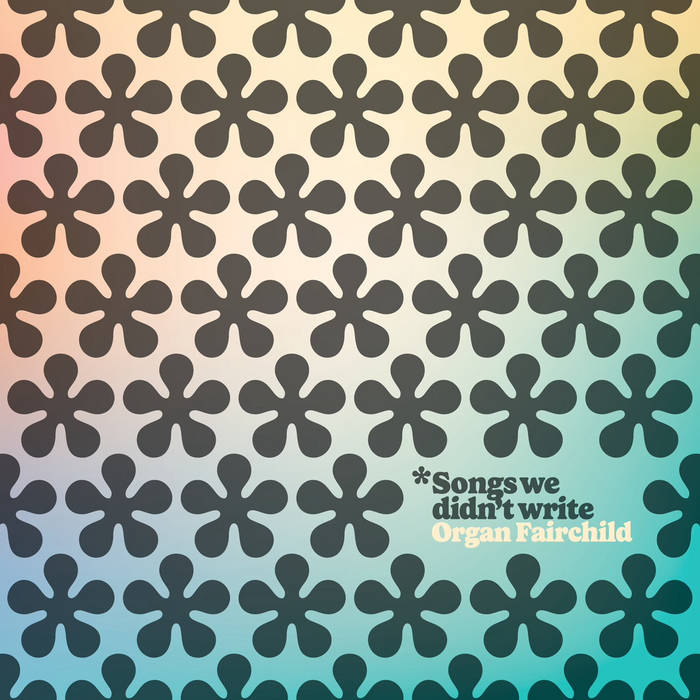The July 13 edition of Greasy Tracks focused solely on organ-based bands, leaning heavily on those who utilized the amazing Hammond B-3.

Here’s the archive, while a playlist is here.
There’s an interview with Dave Ruch of the Buffalo, N.Y.-based trio Organ Fairchild and we tracked through their third album, the recently released Songs We Didn’t Write.
The Hammond organ first appeared in 1935 and although many models have been produced, it’s the B-3 — introduced by Laurens Hammond in 1939 — which remains the most popular.
The B-3 features two, 61-note keyboards which are known as manuals; nine pre-set keys and nine drawbars for each manual; and a number of different pedals. Initially built for use in churches, the B-3 was later marketed for home and studio use. Due to the fact that it weighed in excess of 400 pounds, it was hardly the assignment any roadie would want to be tasked with moving for a touring band.
Based upon the design of the B-3, the organ is known for its versatility and “warm” sound, often enhanced when paired with a Lesley speaker. The innovative unit featured a pair of rotating speakers — low and high frequency drivers — which can turn at a number of different speeds, thereby “moving” the sound.
In time, Hammond organs, especially the B-3, were finding their way into band line-ups throughout the jazz, blues and rock music ranks.
